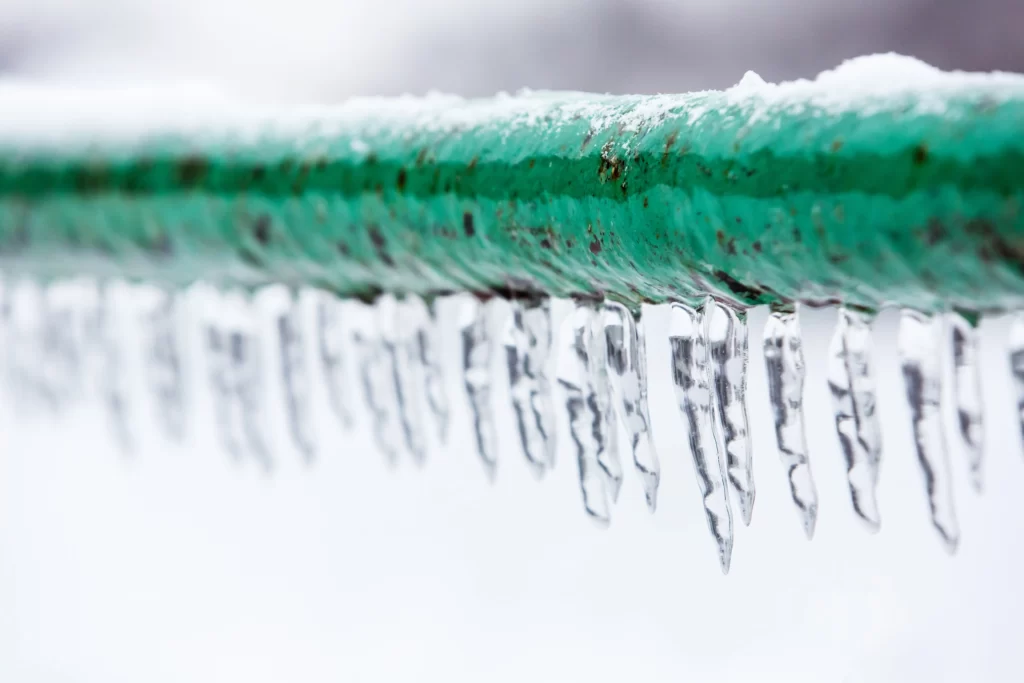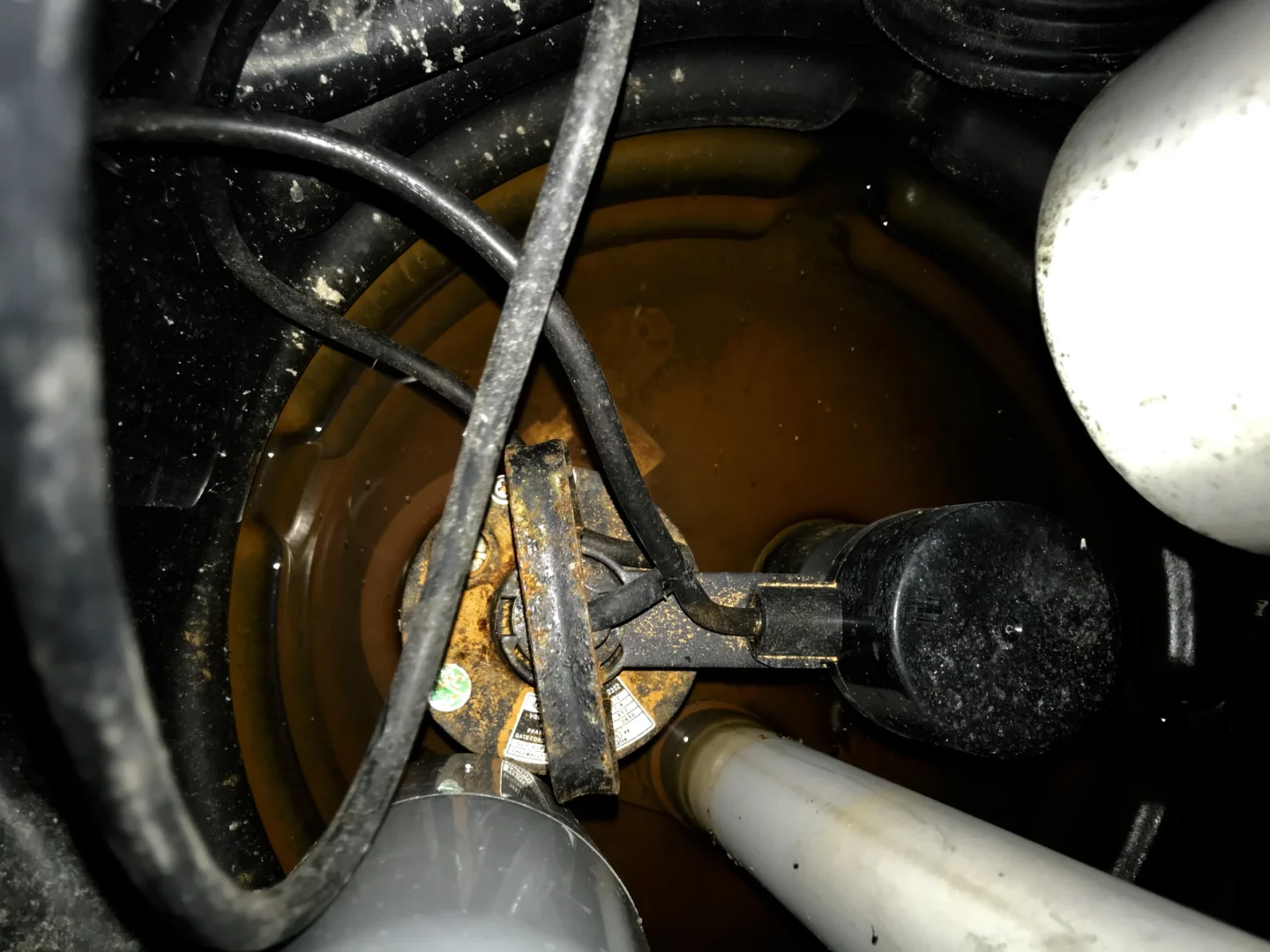Yes, sewer lines can indeed freeze, and this risk becomes more significant as the colder seasons approach. As a homeowner, it’s crucial to take the necessary precautions to prepare for the harsh winter months. You may be accustomed to clearing gutters, sweeping chimneys, trimming trees, and maintaining heating systems in anticipation of snow and icy conditions. However, one often-overlooked aspect of winter preparation is your home’s plumbing and sewer system. These are vital components of most properties, and their condition and functionality should be of concern to any homeowner. Although frozen sewer lines are not a common occurrence, the chances of this happening increase without proper maintenance before or during the colder months. Here are some tips to protect your sewer line from freezing during the winter.
Causes of Freezing Sewer Lines
When water freezes, it expands. Any water flowing through or trapped in a sewer line pipe can freeze if the temperature drops below 32 degrees Fahrenheit. When water freezes and expands inside the pipe, it has nowhere to go, which can lead to blockages, cracks, or breaks in the system. This can temporarily disable your entire drainage system until the ice melts or a professional can repair the damage. This can be especially inconvenient during the winter months.
The most common causes of frozen sewer lines include:
- Faulty insulation around pipes.
- Sudden drops in temperature, which are common in winter.
- Lack of water flow in exposed drains.
- Thermostat or heating malfunctions in the home.
Even if your heating system is functioning correctly, sewer lines routed to unheated areas of the home are also at risk. Additionally, if a gutter draining into a sewer pipe is blocked, the dripping runoff can lead to freezing and blockages. It’s essential to be aware of the locations of these pipes, as they can be vulnerable to problematic situations.
Signs That Your Pipes May Be Frozen

Now that you know what can cause your sewer line to freeze, it’s crucial to recognize any signs of a problem. Addressing early symptoms can often be resolved with simple solutions and help prevent major malfunctions in the future. If the temperature is below freezing and you notice any of the following situations, there’s a good chance that your sewer line may be frozen:
Common signs that your pipes may be frozen include:
- Water where it shouldn’t be: Flooding or damp walls and ceilings are clear indicators of a problem. Unexplained puddles or sinkholes outside can also suggest a sewer line break.
- Noises and odors: Your sewer system should not make any unusual sounds. Strange noises, like gurgling from the pipes, can indicate a freeze or blockage. Any foul smell emanating from your drainage system is a sign of a backup or a broken pipe, requiring immediate professional assessment.
- Frost: Frost on your pipes is a clear sign that they are frozen. This can be observed in pipes that are easily accessible, such as those under your sink or in the basement. Frost on the exterior of the pipe is a definite indicator of freezing.
- No water flow: If you turn on your faucet and no water comes out, you may have a frozen pipe. If only a small trickle of water is released, the pipes leading to your sewer line may be frozen or compromised.
Can You Prevent Your Sewer Line From Freezing?

Knowing how important it is to maintain your sewer line during the winter, there are several steps you can take to prevent freezing:
- Identify the shut-off valve in your home. In the event of frozen pipes bursting, you can use this valve to shut off the water flow.
- Ensure your water heater is functioning correctly. When the outside temperature drops, consider increasing your water heater’s temperature setting by a few degrees.
- Properly insulate your pipes, especially those exposed to outdoor areas, as they are at the highest risk of freezing.
- In extremely cold weather, allow a small amount of water to run from your faucets. This keeps the water moving and prevents freezing.
- Seal off any vents or openings that allow outdoor air to flow into your plumbing system.
- When it snows, make sure to shovel any snow that accumulates around water drains.
Although you now know how to prevent frozen sewer lines during the winter, accidents can still happen. Despite all the protective measures mentioned above, extreme weather conditions or unforeseen events may pose a challenge. If you are in the Edwardsville, IL region, Bland’s Plumbing Sewer and Water can resolve your frozen sewer line related issues quickly and professionally, so that more issues don’t come as a result of leaving it unresolved.



